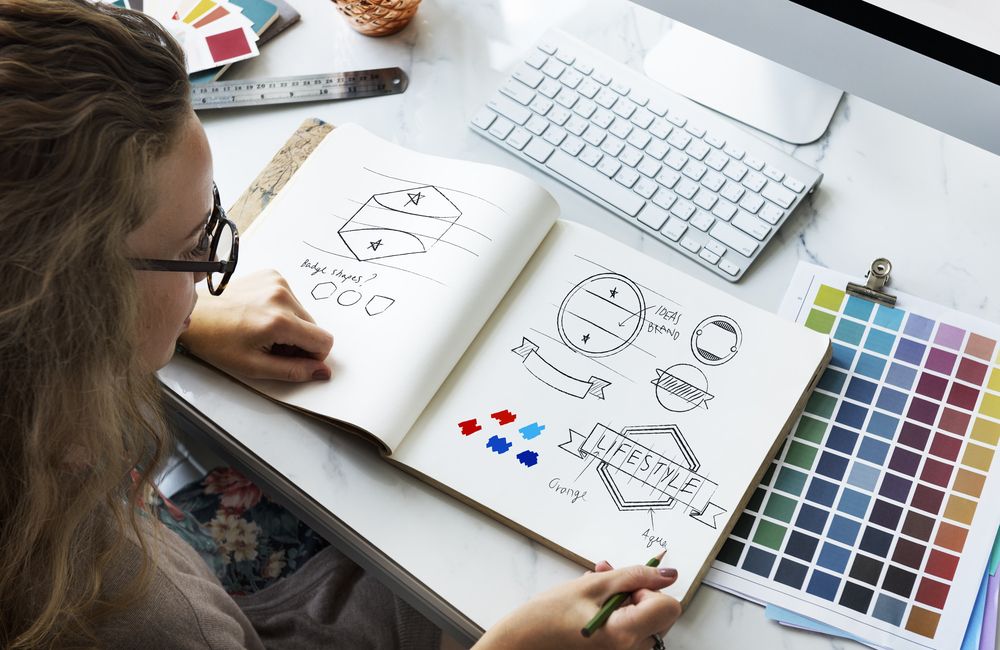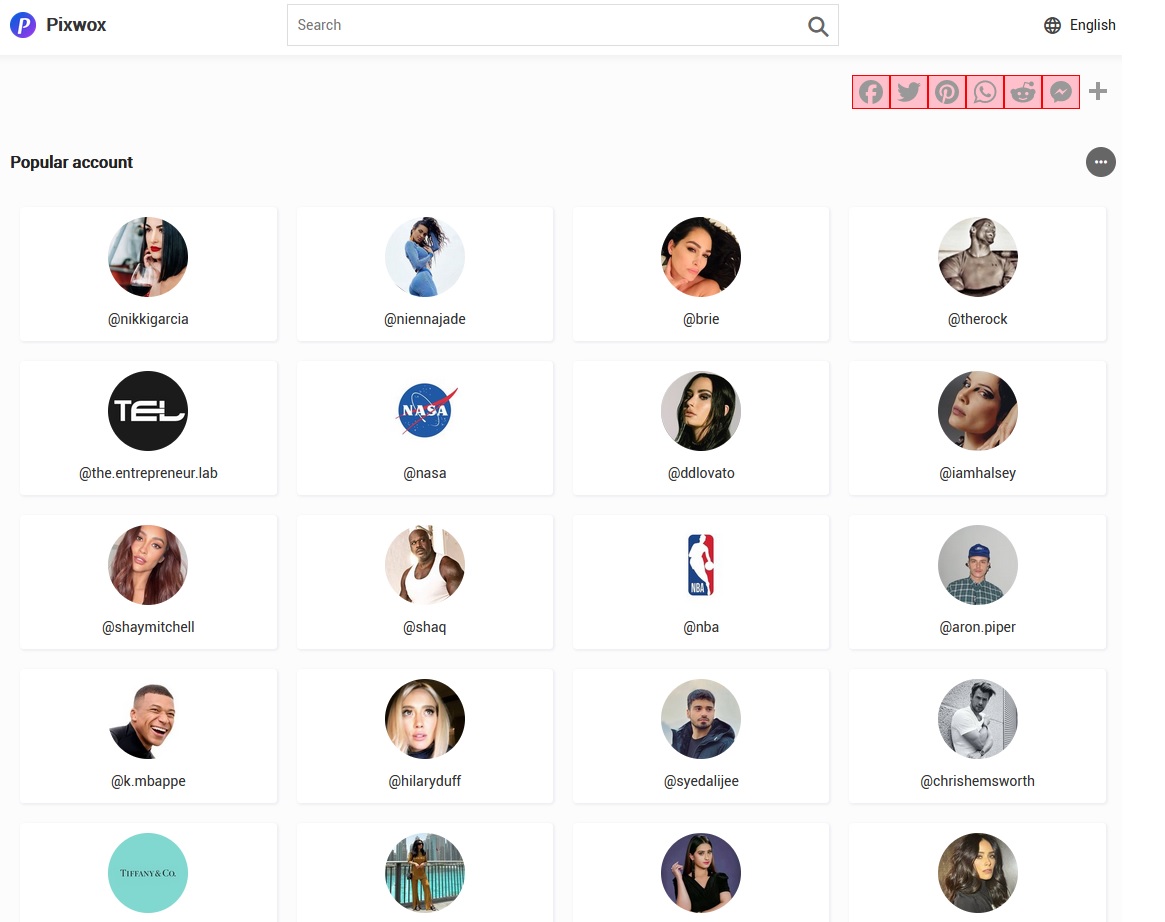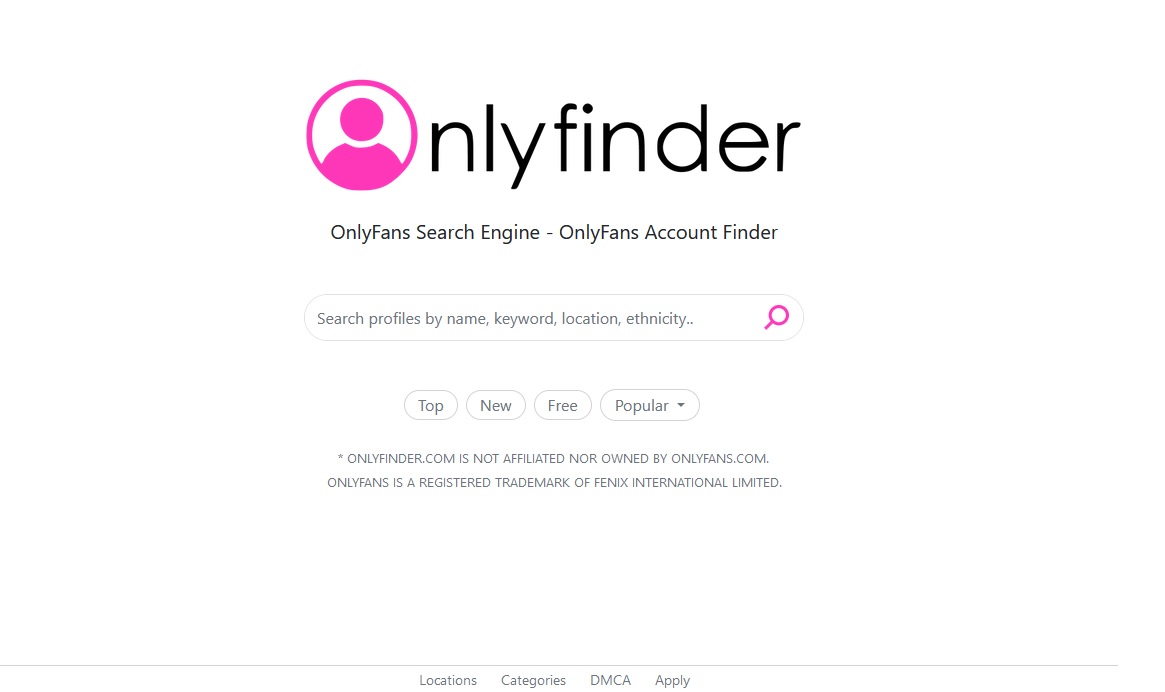In today’s highly competitive business landscape, branding has become more important than ever. A well-designed logo is a critical component of any successful branding strategy. It is the visual representation of a brand, and it plays a significant role in shaping customers’ perceptions of a business. A logo should be unique, memorable, and reflective of a brand’s identity and values. It is the customer’s first impression of a business and can help create brand recognition and loyalty.
This comprehensive guide walks you through logo design, from defining your brand’s identity to finalizing and using your design across all marketing materials. Following these steps, you can create an attractive and effective logo to help your business stand out and succeed in today’s competitive marketplace.
Benefits of an attractive logo
An attractive design has many benefits for a business:
- It can help create a positive first impression for potential customers, which is essential for building trust and credibility.
- It can help set your business apart from competitors and make it more memorable. A well-designed logo can also help communicate your brand’s personality and values to customers, which can help build brand loyalty.
- An attractive design can be used across all marketing materials, consistently strengthening brand recognition.
- A logo can be easily recognized and associated with your business. It can help customers remember your brand, making it easier for them to refer others to your business and increase brand awareness.
- It can give your business a professional image, which can help increase customer trust and confidence. A professional image can also help attract high-quality clients and employees who value professionalism and attention to detail.
These benefits can ultimately increase brand awareness, customer engagement, and business success.
Steps involved in the design process
Step 1: Define your brand’s identity
Before designing your logo, it is essential to have a clear understanding of your brand’s identity. Your logo should represent your brand’s values, mission, and vision. Start by defining your brand’s core message and what sets it apart. Consider your target audience and what message you want to convey to them through your logo.
Step 2: Research your competition
Researching your competition is vital in creating a logo that stands out. Look at your competitors’ logos and identify what works and what doesn’t. Take note of the color schemes, fonts, and symbols they use. This will help you avoid creating a logo that looks too similar to your competitors and differentiate yourself in the market.
Step 3: Brainstorm ideas
Once you clearly understand your brand’s identity and have researched your competition, it’s time to start brainstorming logo ideas. Start by sketching out rough ideas on paper. Don’t worry about making them perfect at this stage. Focus on getting as many ideas out as possible.
Step 4: Refine your ideas
After brainstorming, it’s time to refine your ideas. Choose a few concepts that best represent your brand and start refining them. Experiment with different fonts, color schemes, and symbols. Get feedback from others and make changes accordingly.
Step 5: Choose the right font
Choosing the right font is essential for creating a successful logo. Your font should be easy to read and reflect your brand’s personality. Avoid using too many fonts or choosing one that is too trendy. Instead, choose a timeless font that will still look good years from now.
Step 6: Pick the right colors
Colors play an essential role in a logo. Different colors evoke different emotions and can convey additional messages. Choose a color scheme that reflects your brand’s personality and values. Keep in mind that certain colors are associated with specific industries. For example, blue is often used in the finance and technology industries, while red is associated with the food and beverage industry.
Step 7: Choose the correct symbol
Symbols are an essential aspect of the design, as they help visually represent your brand. Choose a symbol that is simple, memorable, and easy to recognize. Avoid using symbols that are too complex or have a lot of details, as they may not be easy to reproduce in different sizes and mediums.
Step 8: Experiment with different layouts
Experimenting with different layouts can help you find the perfect design for your logo. Try placing your symbol and text in different positions to see what looks best. Feel free to try unconventional layouts which may fit your brand perfectly.
Step 9: Test your logo
Once you have a final design, testing it in different mediums is necessary to ensure it looks good in all situations. Test your logo on different backgrounds, sizes, and mediums like business cards, websites, and social media platforms. This will help you identify any issues and make any necessary changes.
Step 10: Finalize your design
After testing your logo, it’s time to finalize your design. Make any necessary changes based on your testing results and feedback from others. Once you are happy with the final design, it’s time to prepare the files.
Step 11: Prepare the files
Preparing the files for your logo is an essential step in the design process. Your logo should be easily scalable and available in different file formats for various mediums. It’s crucial to have high-quality vector files that can be resized without losing quality. Your logo should also be available in EPS, SVG, PDF, and PNG formats.
Step 12: Protect your design
Once you have your logo and files, protecting them is important. Trademark your logo to ensure it cannot be copied or used without your permission. This will protect your brand and ensure that your logo remains unique to your business.
Step 13: Use your logo
Now that you have a well-designed logo, it’s time to start using it. Use your logo consistently across all your marketing materials, including your website, social media, and print materials. This will help build brand recognition and make your business more memorable.
Step 14: Update it periodically
Your logo is not a set-it-and-forget-it aspect of your branding. Reviewing and updating your logo periodically is vital to ensure it stays relevant and reflects any changes in your brand identity. However, be cautious when changing your logo, as it can affect brand recognition.
To sum up, coming up with a logo design requires careful thought and consideration. Your logo is the face of your brand, and it should reflect your brand’s identity, values, and personality. Remember to protect your logo and use it consistently across all your marketing materials to build brand recognition and make your business more memorable.








Add Comment